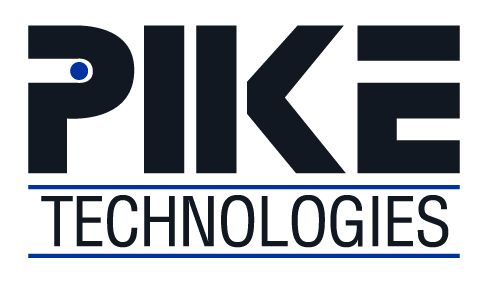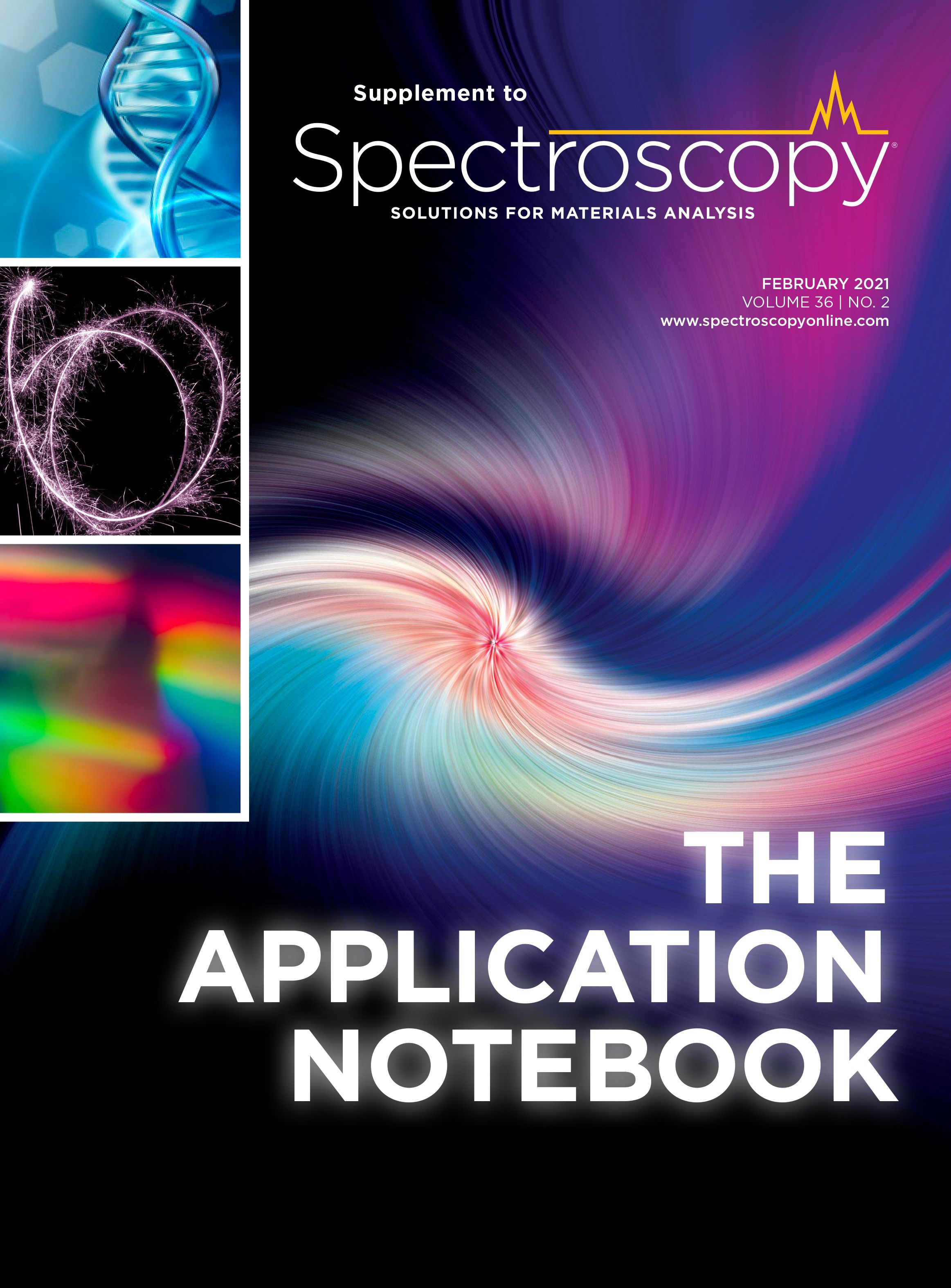Non-Destructive FT-IR Measurements via Diffuse Reflection Sampling

Fourier-transform infrared–attenuated total reflection (FTIR–ATR) sampling has become one of the most popular techniques for mid-infrared measurements. With its short pathlength, typically there is no sample preparation required. It is often thought of as non-destructive. However, when measuring non-particulate, solid samples by ATR, most often a high-pressure clamp is required to create intimate contact between the sample and ATR crystal surface, which is necessary for the collection of a high-quality spectrum. With applied pressures by the clamp of up to 10,000 psi, the clamp tip can leave a dimple in many softer, pliable samples.
In this application, the feasibility of measuring a polypropylene face mask by diffuse reflection as a non-destructive alternative to ATR was investigated.
Materials and Methods
Mid-infrared spectra of a 3-ply polypropylene face mask were collected using two sampling techniques, ATR and diffuse reflection. The single-reflection MIRacle ATR was equipped with a germanium crystal plate. The UpIR accessory was used for the diffuse measurement, and a diffuse gold disk served as the background reference. Both accessories are manufactured by PIKE Technologies. Then 30 s of data were co-added for each measurement at a 4 cm-1 resolution.
Results
The optical layout of the UpIR is shown in Figure 1. Unlike other diffuse reflection accessories, the UpIR has a large collection mirror that is positioned underneath—rather than above—the sampling platform, thereby allowing the sample to be placed face-down on top of the accessory. The UpIR is 23 cm tall (excluding baseplate), and extends above most FT-IR spectrometers. The optical design and height make the UpIR an ideal tool for measuring larger samples.
Figure 1: The UpIR diffuse reflection accessory and its optical design with simulated beam path.

Diffuse reflectance spectra may appear different from their transmission equivalent by exhibiting stronger-than-expected absorption from weak IR bands. A Kubelka-Munk (K-M) conversion can be applied to a diffuse reflection spectrum to compensate for these differences. This mathematical conversion is available in most FTIR software packages. Figure 2a and 2b show the spectrum before and after the K-M conversion, respectively.
Figure 2: Mid-infrared spectra of a three-ply face mask collected via (a) diffuse reflection, (b) diffuse reflection after the Kubelka-Munk conversion (blue) and ATR (red).

Comparing the face mask spectrum collected by diffuse reflection after the K-M conversion to the spectrum collected by ATR spectrum in Figure 2b, the fingerprint region of both techniques shows the characteristic bands of polypropylene, and are similar.
Conclusion
Mid-infrared diffuse reflection sampling may be a viable, non-destructive option for measuring pliable solids.
PIKE Technologies, Inc.
6125 Cottonwood Drive, Madison, WI 53719
Tel. (608) 274-2721, Fax (608) 274-0103
Website: www.piketech.com

Chinese Researchers Develop Dual-Channel Probe for Biothiol Detection
April 28th 2025Researchers at Qiqihar Medical University have developed a dual-channel fluorescent probe, PYL-NBD, that enables highly sensitive, rapid, and selective detection of biothiols in food, pharmaceuticals, and living organisms.
New Study Reveals Insights into Phenol’s Behavior in Ice
April 16th 2025A new study published in Spectrochimica Acta Part A by Dominik Heger and colleagues at Masaryk University reveals that phenol's photophysical properties change significantly when frozen, potentially enabling its breakdown by sunlight in icy environments.
Advanced Raman Spectroscopy Method Boosts Precision in Drug Component Detection
April 7th 2025Researchers in China have developed a rapid, non-destructive Raman spectroscopy method that accurately detects active components in complex drug formulations by combining advanced algorithms to eliminate noise and fluorescence interference.

.png&w=3840&q=75)

.png&w=3840&q=75)



.png&w=3840&q=75)



.png&w=3840&q=75)











